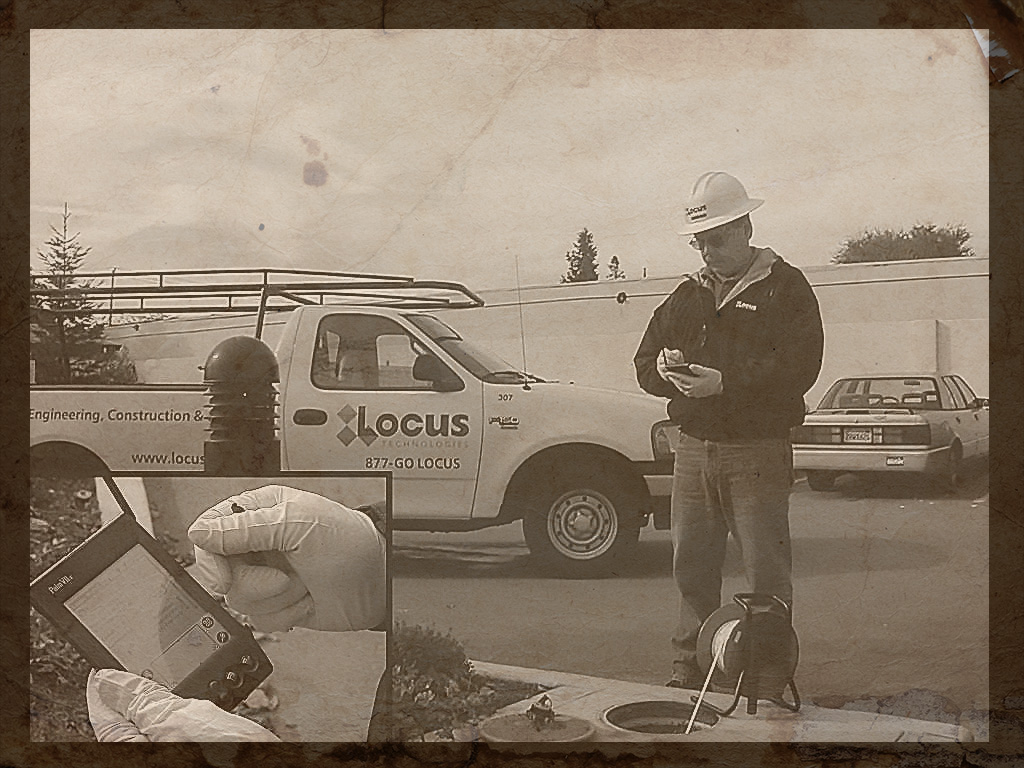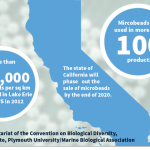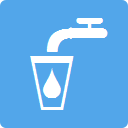New Environmental Monitoring Technology Keeping the Air We Breathe Under an Unprecedented Level of Scrutiny
A recent article in the Los Angeles Times discussed advances in environmental monitoring technologies. Rising calls to create cleaner air and limit climate change are driving a surge in new technology for measuring air emissions and other pollutants — a data revolution that is opening new windows into the micro-mechanics of environmental damage. Data stemming from these new monitoring technologies coupled with advances in data management (Big Data) and Internet of Things (IOT) as discussed in my article “Keeping the Pulse of the Planet: Using Big Data to Monitor Our Environment” published last year, is creating all new industry and bringing much needed transparency to environmental degradation. Real time monitoring of radioactive emissions at any point around globe or water quality data are slowly becoming a reality.
According to the article author William Yardley, “the momentum for new monitoring tools is rooted in increasingly stringent regulations, including California’s cap-and-trade program for greenhouse gas emissions, and newly tightened federal standards and programs to monitor drought and soil contamination. A variety of clean-tech companies have arisen to help industries meet the new requirements, but the new tools and data are also being created by academics, tinkerers and concerned citizens — just ask Volkswagen, whose deceptive efforts to skirt emissions-testing standards were discovered with the help of a small university lab in West Virginia.”
“Taking it all into account, the Earth is coming under an unprecedented new level of scrutiny.”
“There are a lot of companies picking up on this, but who is interested in the data — to me, that’s also fascinating,” said Colette Heald, an atmospheric chemist at the Massachusetts Institute of Technology. “We’re in this moment of a huge growth in curiosity — of people trying to understand their environment. That coincides with the technology to do something more.”
The push is not limited to measuring air and emissions. Tools to sample soil, air emissions, produced water, waste management, monitor water quality, test ocean acidity and improve weather forecasting are all on the rise. Drought has prompted new efforts to map groundwater and stream flows and their water quality across the West.
Two of key issues that need to be addressed are validity of data stemming from new instruments and sensors for enforcement purposes and where is all (big) data be stored and how accessible it will be. The first question will be answered as new hand-held data collection instrumentation, sensors, and devices undergo testing and accreditation by governmental agencies. The second issue, a big data, has already been solved by companies like Locus Technologies that has been aggregating massive amounts of environmental monitoring data in its cloud-based EIM (Environmental Information Management) software.
As the article put it: “When the technology is out there and everyone starts using it, the question is, how good is the data? If the data’s not high enough quality, then we’re not going to make regulatory decisions based on that. Where is this data going to reside in 10 years, when all these sensors are out there, and who’s going to [manage] that information? Right now it’s kind of organic so there’s no centralized place where all of this information is going.”
However, the private industry and some Government organizations like Department of Energy (DOE) are already preparing for these new avalanches of data that are hitting their corporate networks and are using Locus cloud to organize and report increased volume of monitoring information stemming from their facilities and other monitoring networks.




Leave a Reply
Want to join the discussion?Feel free to contribute!